Built by OTO and Ansaldo, these guns were used on the battleships Andrea Doria and Dulio as a secondary weapon and on the "Capitani Romani" class light cruisers as the main weapon. It had been intended to mount these weapons in the "Commandanti Medaglie d'Oro" and Etna classes in a new AA mounting but these ships were not completed.
These weapons were designed to give about the same range as the 12 cm/50 (4.7") guns but with a lower muzzle velocity and with less dispersion. In fact, partly due to the wider barrel spacing used on the mountings, these guns had only a quarter of the dispersion of the 12 cm guns.
Construction on the Model 1937 was loose barrel, jacket and breech ring with a horizontal sliding breech-block. Model 1938 differed by having a thin tapered liner and may not have had a loose liner. Breech mechanism was hand-worked in both Models.
These guns were used during the postwar era when the light cruiser Giuseppe Garibaldi was rearmed with 135 mm/45 guns during her conversion to a missile cruiser. In 1968 Giuseppe Garibaldi had these guns replaced with prototype 135 mm/53 (5.3") guns which were being considered for arming the Audace class. The Italian Navy ultimately decided against these guns and the Audace class was instead armed with 127 mm/54 (5") guns.
Historical note: These cruisers were named after ancient Roman generals and politicians.
| Designation | 135 mm/45 (5.3") Model 1937 and 1938 |
|---|---|
| Ship Class Used On | Andrea Doria: Model 1937
"Capitani Romani" class: Model 1938 Giuseppe Garibaldi as rebuilt: N/A (probably Model 1938) |
| Manufacturer | Ansaldo and OTO |
| Date of Design | 1938 |
| Date In Service | 1940 |
| Gun Weight | 14,401 lbs. (6,532 kg) |
| Gun Length oa | N/A |
| Bore Length | 239.2 in (6.075 m) |
| Rifling Length | 202.4 in (5.142 m) |
| Grooves | about 36 |
| Lands | N/A |
| Twist | N/A |
| Chamber Volume | about 976 in3 (16.0 dm3) |
| Rate Of Fire | 6 - 7 rounds per minute |
| Type | Separate |
|---|---|
| Projectile Types and Weights | APC: 72.1 lbs. (32.7 kg)
HE: 72.1 lbs. (32.7 kg) Others: N/A |
| Bursting Charge | N/A |
| Projectile Length | N/A |
| Propellant Charge | 19.6 lbs. (8.88 kg) |
| Muzzle Velocity | 2,707 fps (825 mps) |
| Working Pressure | 20.0 tons/in2 (3,150 kg/cm2) |
| Approximate Barrel Life | N/A |
| Ammunition stowage per gun | Andrea Doria: N/A
Capitani Romani: 320 rounds + 260 Illum 1 |
- ^For the Capitani Romani class, the outfit was 440 AP, 756 HE and 84 AA together with 1,280 VR flashless cartridges (VR = "Vampa Ridotta"). There were also 260 star shells, half of which were supplied with VR cartridges.
- As recommissioned as a missile cruiser in 1961, Giuseppe Garibaldi was rearmed with four 135 mm/45 guns in two twin turrets. These fired a 33.55 kg (74.0 lbs.) shell at a MV of 870 mps (2,850 fps) to a maximum range of 22,000 m (24,060 yards). ROF is stated as being 20 RPMPG, but this seems a bit high for a semi-automatic gun of this caliber unless she was equipped with some sort of automatic loader. It is stated that their effective range against aircraft was 13,000 m (14,220 yards). Data for the longer 135 mm/53 guns installed in 1968 is unavailable at this time.
| Shell | Distance |
|---|---|
| 45 degrees | 21,435 yards (19,600 m) |
| Designation | Two-gun Turrets 1a 2a "Capitani Romani" (4): Model 1938 3a Giuseppe Garibaldi as rebuilt (2): N/A (Model 1957?) |
|---|---|
| Weight | Model 1938: 41.3 tons (42 mt)
Model 1937: 103.3 tons (105 mt) Model 1957: N/A |
| Elevation | Models 1937 and 1938 3a: -5 / +45 degrees |
| Elevation Rate | N/A |
| Train | about +120 / -120 degrees |
| Train Rate | Model 1938: N/A
Model 1937: 10 degrees per second |
| Gun recoil | 21.7 in (55 cm) |
| Loading Angle | Any 6a |
- ^A twin AA version for the Etna class cruisers and for the rebuild of the damaged battleship Conte Di Cavour were only in the planning stages by the time of the Italian Armistice.
- ^Twin mounts were more spacious than the triple mounts. Each mounting had two hoists which raised the ammunition to a handling room where two inclined hoists on the revolving structure raised it to the gunhouse.
- ^Triple mountings had two electric hoists that lifted both shells and cartridges to a handling room below the gunhouse. The ammunition was then manually pushed through a bulkhead and then raised to the gunhouse by a short hoist. The ammunition was manually placed into a loading tray where the shells were loaded by a recoil rammer and the cartridges by hand.
- ^Rammers were recoil operated, but this was apparently too weak to load shells at elevations beyond 30 degrees. For higher elevations, shells were hand loaded. Cartridges were always loaded by hand. Empty shell cases were transported mechanically to ports in the turret face under each gun barrel.
- Armor on the "Capitani Romani" class:
Front: Between 0.40 and 0.40 inches (10 and 20 mm)
Sides: 0.24 inches (6 mm)
Rear: 0.24 inches (6 mm)
Roof: 0.24 inches (6 mm).
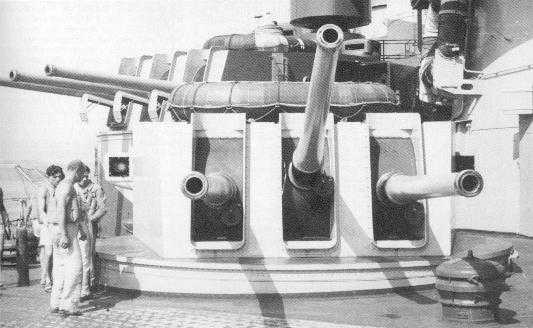
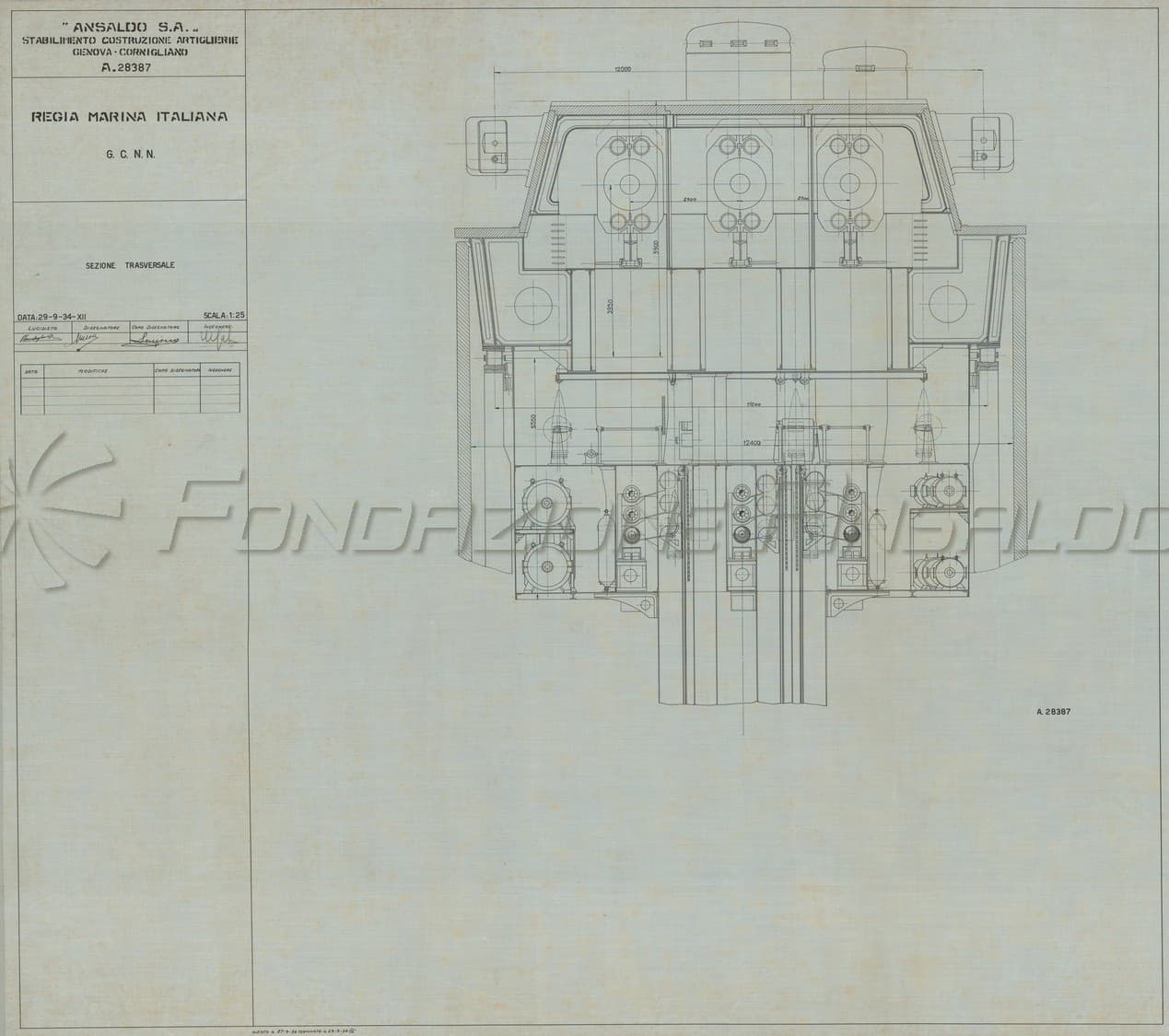
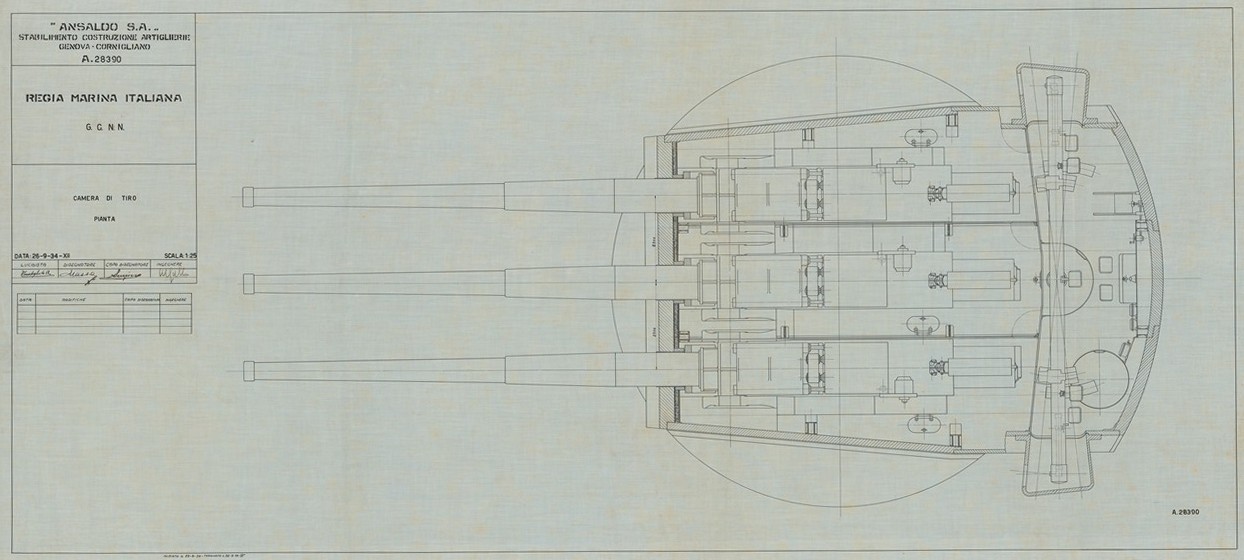
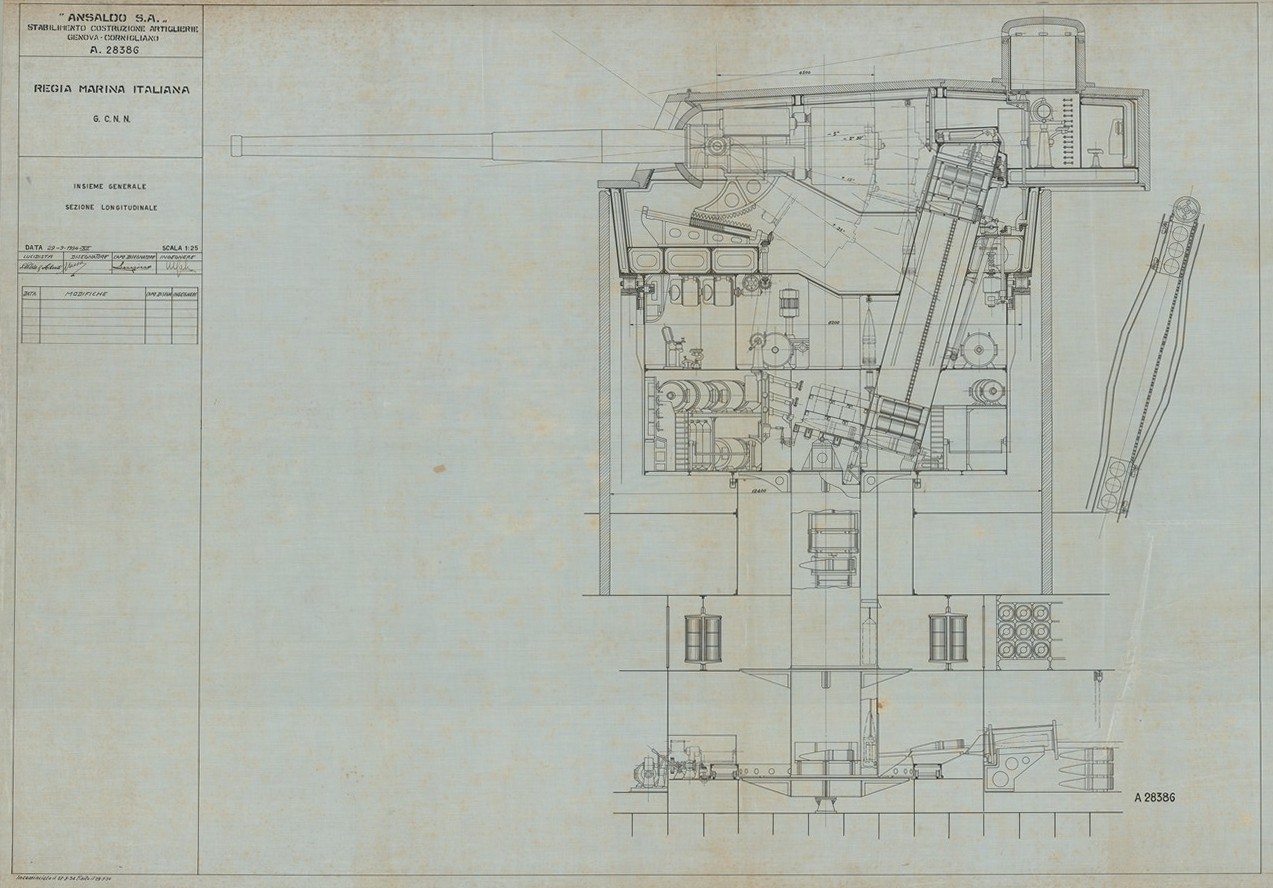
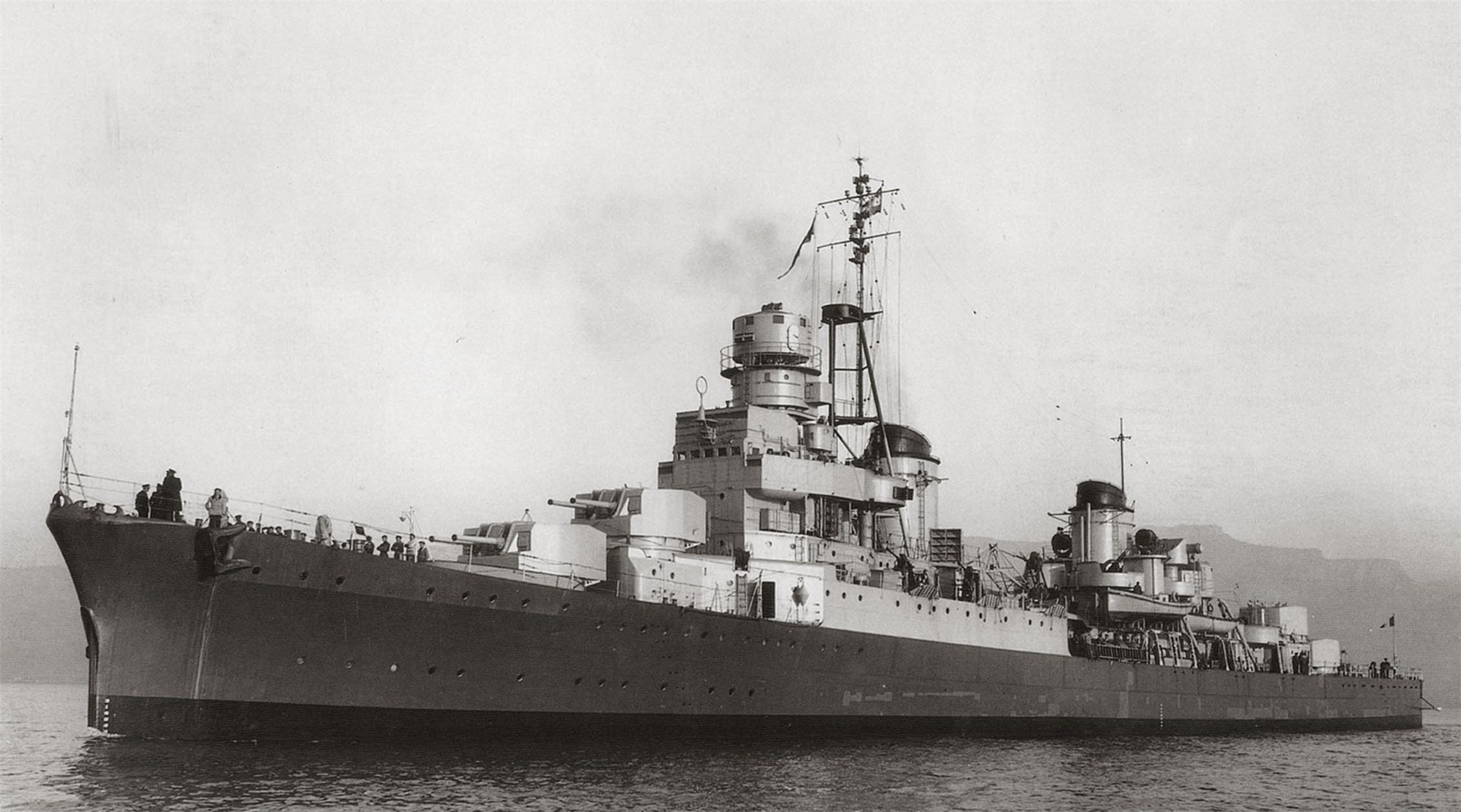
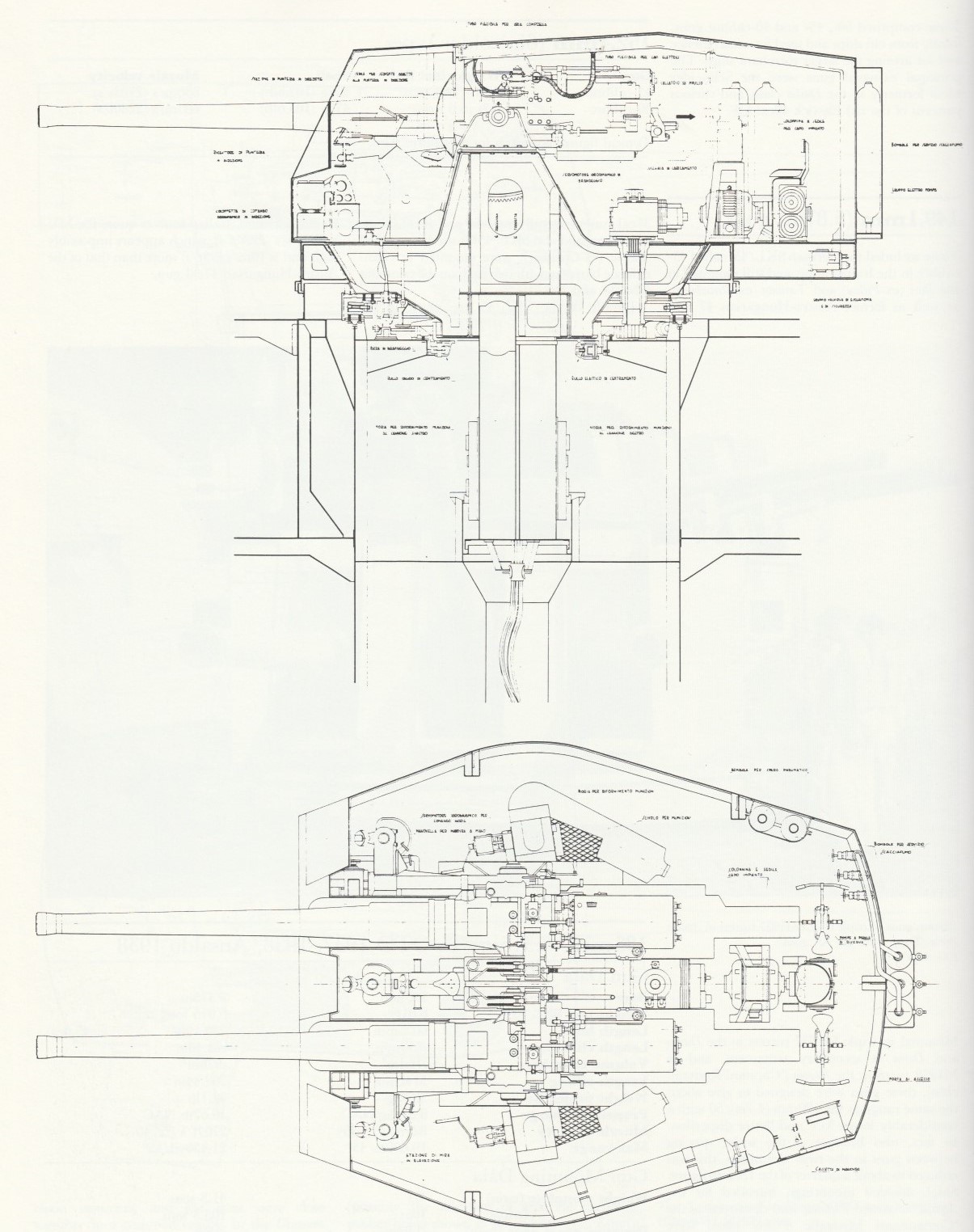

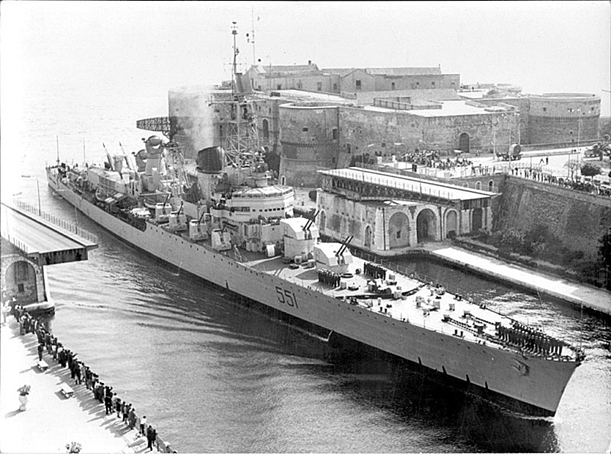
"Capitani Romani" articles by Elio Andò in "Warship Volume II"
"Naval Weapons of World War Two" by John Campbell
"Italian Warships of World War II" by Aldo Fraccaroli
"Gli incrociatori italiani: 1861-1964 (4th edition - 1973)" by Giorgio Giorgerini and Augusto Nani
---
Marina Militare
---
Special help by Giuseppe Sirignano
29 December 2007 - Benchmark
26 May 2012 - Updated to latest template
07 March 2021 - Reorganized notes
12 April 2024 - Added historical note
27 June 2024 - Added comment and photograph regarding 135 mm/53 prototype guns
21 December 2024 - Added sketches of triple turret

